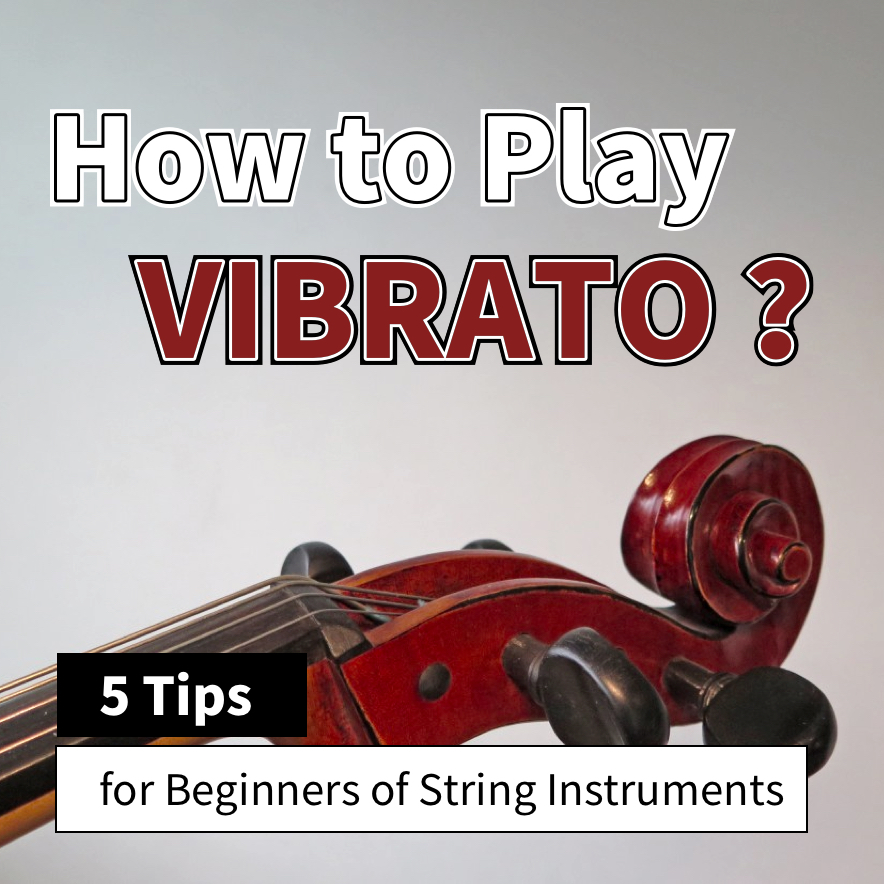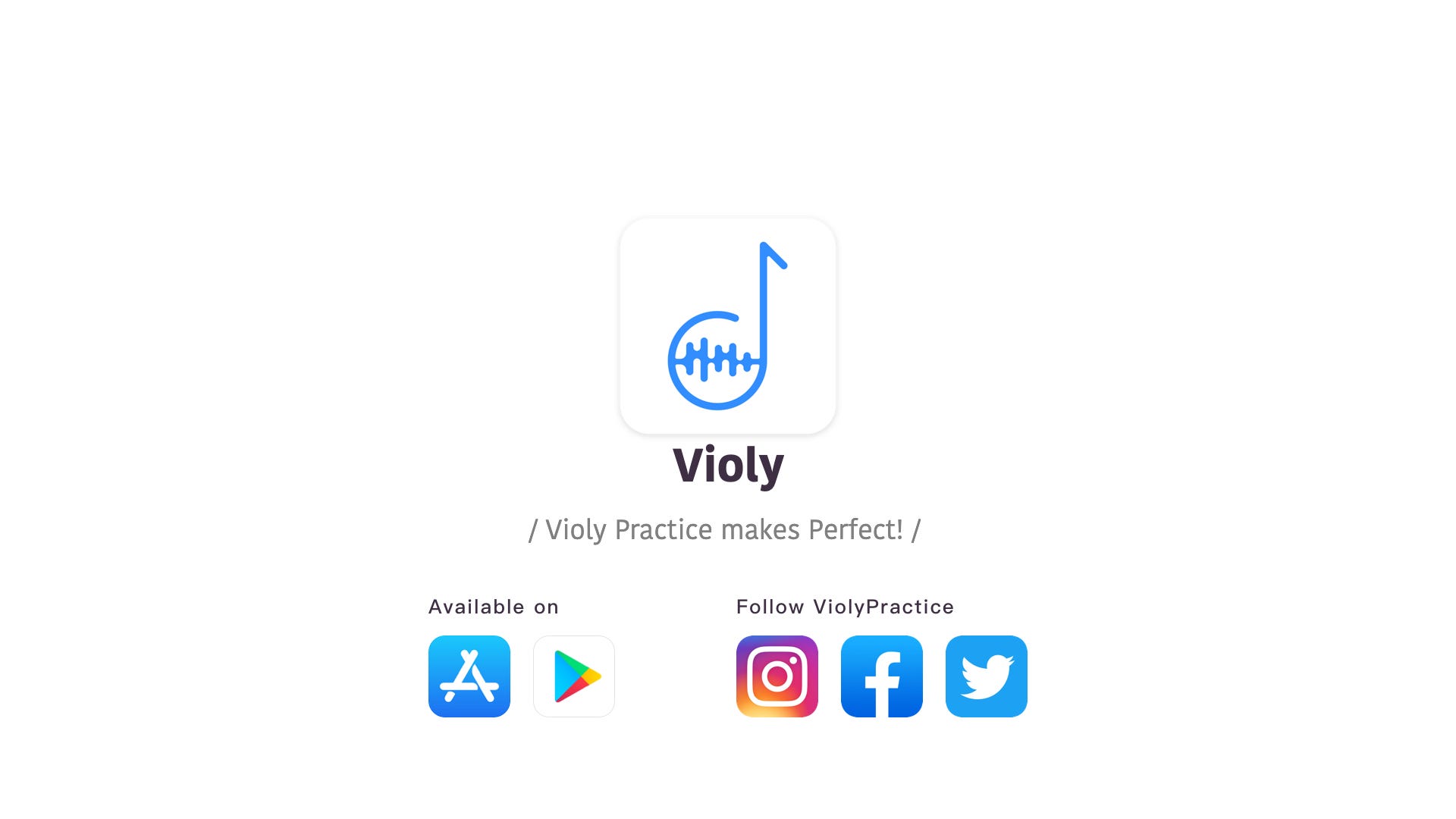How to Play Vibrato?
Many string instrument players find it difficult to grasp vibrato, one of the most important techniques. For violin beginners, learning to play vibrato is a key step. Those who master this skill can make their playing more expressive. In this article, we will introduce the tips you need to know about playing vibrato.
An Introduction of Vibrato on String Instruments
Vibrato is a musical effect consisting of a regular change of pitch. It is used to add expression to instrumental music. Vibrato is typically characterized in terms of two factors: the amount of pitch variation (“extent of vibrato”) and the speed with which the pitch is varied (“rate of vibrato”).
Here are viola professor Wing Ho’s demonstrations of not doing vibrato and doing vibrato. We can see the differences.
No vibrato demonstration
Vibrato demonstration
Players tend to wobble the finger which stops the string on the fingerboard when producing vibrato, or move the finger up and down for a wider vibrato.
Styles of Vibrato on Violin
There are three styles of vibrato on violin.
1. Wrist Vibrato
Using the wrist only, this style of vibrato is usually fast but shallow. It allows the violin player to produce intense sound, and it is useful when playing a faster and more lively song. Wrist vibrato adds color and charm.
2. Arm Vibrato
Using the arm only, this style of vibrato is slower and broader. To achieve this method, players use arm movements, and keep their fingers stabilized in place. Arm vibrato is perfect for slow, sad and heart-wrenching pieces. It adds depth and emotion.
3. A Combination of Arm and Wrist
Most players use a combination of both styles. Advanced violinists are very efficient at using both their arms and wrists to achieve optimal vibrato. Depending on the piece, emotion and intensity, professional violinists combine the two styles effectively when playing.

Violin Teachers’ Tips of Playing Vibrato
1. Make sure your left hand, wrist, and arm are completely relaxed.
To start practicing vibrato on violin, you can try to move your hand and arm all the way up the violin neck slowly, then towards the body of the violin, and later, back down towards the scroll. This exercise can be done in two ways:
1). Keep a finger on the string without pushing the string down;
2). Relax your hand slightly above the string with no finger contact.
Add the bow while you keep moving your arm up and down. Your vibrato on violin may not sound pleasant at first, but it will get improved if you keep doing the exercise above.
2. Start with one finger and then move to other fingers.
Put your second finger on the string and use your wrist to make broad, slow, and relaxed movements back and forth with your hand. Keep the arm stable. Make sure your hand only moves backwards (towards the scroll) and returns to original position. This exercise should be completed every day without the bow. You need to practice using all four fingers and all four strings later. Typically, the second and third fingers are the easiest ones, while the first and the fourth are more difficult.
Violin students should spend a couple of minutes every day on this exercise and continue to do it for several weeks before adding any other vibrato skills.
What should be paid attention to is that vibrato movements never move forward on violin. Therefore, do not let your finger roll past the original point of the note. This is for intonation purposes.
To make sure your wrist and arm stay in a good position, your wrist should not be collapsing towards the neck of the violin. It should remain stable during this exercise, and in line with your arm. This may take time to learn and conquer.
If you are having difficulty, try to visualize that a string is attached to the knuckles on the back of your left hand, and then pull straight towards your scroll.
3. Add violin bow and change bow smoothly.
Now you can add the violin bow while doing the exercises above. Try to change bow and play some notes at the same time. Keep up the good work and take it slow. You will get it soon.
4. Practice slow scales and easy pieces.
When you are comfortable doing the exercises, the next step will be practicing the vibrato skills by playing slow scales, followed by a slow and easy piece or two.
When you reach this stage, you can begin with songs that are not too difficult. In this way, you can focus on vibrato, rather than finding the right notes, producing good sound, or bowing correctly.
5. Don’t give up.
If you are having a hard time, go back to basics and start to play slowly again. Keep vibrato relaxed. Do not try to achieve the intense vibrato of the professionals until you have relaxed and controlled movements. Add speed to your vibrato gradually and with time, you will have a rich vibrato that adds color and depth to your playing.

Violin Beginners: Are We Ready for Vibrato?
Many violin beginners are eager to jump into the vibrato technique. However, it is important that you are ready for this “big undertaking”.
One should develop a full tone before learning to play vibrato, as this will ensure that you sound the best. You should also have a solid understanding of positions. Besides, your wrist and arm need to have good forms, as this technique can be very strenuous on the muscles.
If you can confidently check all these boxes, you are ready to learn the technique. Just remember to be patient with yourself. Don’t push yourself too hard.
Progress may be slow at first, but with practice, you will reach your goal. You can work closely with your violin teacher to come up with more exercises helping you master this skill. Also, we hope the tips provided above can help you get improved soon.
Visit Violy.app for more~
Questions? Contact us at Facebook Page / Instagram / WhatsApp , or email us at Support@Violy.app
Have a HAPPY practice!!
More Violy Master Class Articles:
Cello Master Class - Wu Linfeng
Violin Master Class - Wang Boyang
Follow us on: Violy.app
Feel free to contact us at Support@Violy.app
